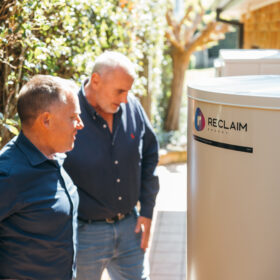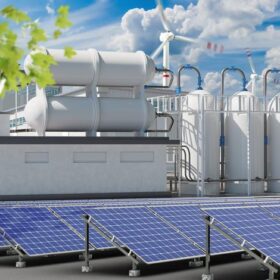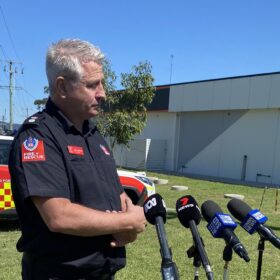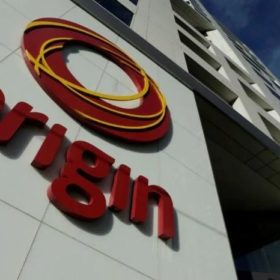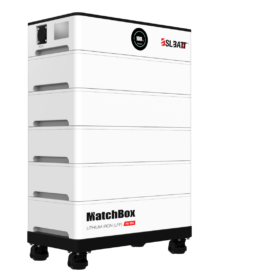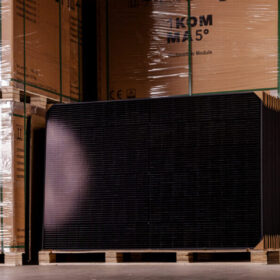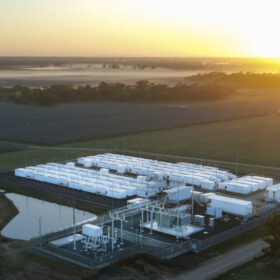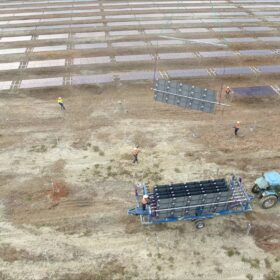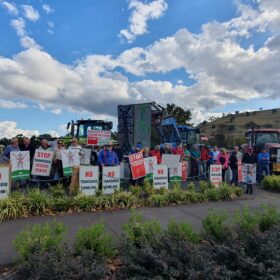Novel thin-film anti-soiling coating increases solar module yield by over 3%
A group of scientists in the United States saw ‘encouraging’ results after testing the commercialisation of novel coating materials in field tests, with the coating only increasing a panel’s total cost by 1.4%.
Panasonic launches heat pump hot water system in Australia
Panasonic and Reclaim Energy have partnered to launch a heat pump hot water system to the Australian market, claiming it is up to five times more efficient than gas or traditional electric heating.
Australia opens applications for $2 billion green hydrogen support program
Australia’s federal hydrogen support program has now opened to applications after this process was expedited – likely in response to concerns Australia is rapidly losing ground in the hydrogen race.
‘Haven’t seen anything like this’: fire crews called to thermal energy storage pilot plant
Thermal energy storage startup MGA Thermal had fire crews called to its demonstration plant in Tomargo, north of Sydney after the company’s pilot unit overheated. “We haven’t seen anything like this before,” Scott Dodson from Fire and Rescue NSW said.
Brookfield’s $18 billion bid for Origin approved by ACCC
Australia’s antitrust watchdog has approved Brookfield’s takeover bid for Origin Energy, clearing the way for shareholders to vote on one of Australia’s largest recent corporate buyouts.
Bslbatt introduces high-voltage battery for residential PV
China’s Bslbatt says its new batteries feature individual battery modules with voltages of 102.4 V and a capacity of 52 Ah. They can be stacked in series with two to seven battery modules.
1Komma5° announces TOPCon solar module factory in Germany
1Komma5° says it plans to start production at a new TOPCon solar module factory in Germany from next year. The Hamburg-based startup aims to achieve an annual production capacity of 1 GW, with further expansion targets set to reach 5 GW by the year 2030.
Edify claims new era in energy transition as NSW’s largest battery system goes live
The largest battery energy storage system yet built in New South Wales is now fully operational with developer Edify Energy announcing that the 150 MW/300 MWh Riverina and Darlington Point Energy Storage System is importing and exporting electricity at its full nameplate capacity.
Genex seals 337.5 MW solar supply deal with Fortescue
Australian renewable energy developer Genex Power says has committed to building the 2 GW multi-stage Bulli Creek solar and battery project in Queensland’s southeast after entering into a 25-year offtake agreement with the green energy arm of Fortescue Metals Group.
HumeLink report casts shadow on Transgrid’s underground costings
Landowners in the path of the multi-billion-dollar HumeLink transmission project claim Transgrid is relying on flawed economics that favour overhead lines with a new report suggesting the network operator’s costings for putting the cables underground are out by almost 60%.

